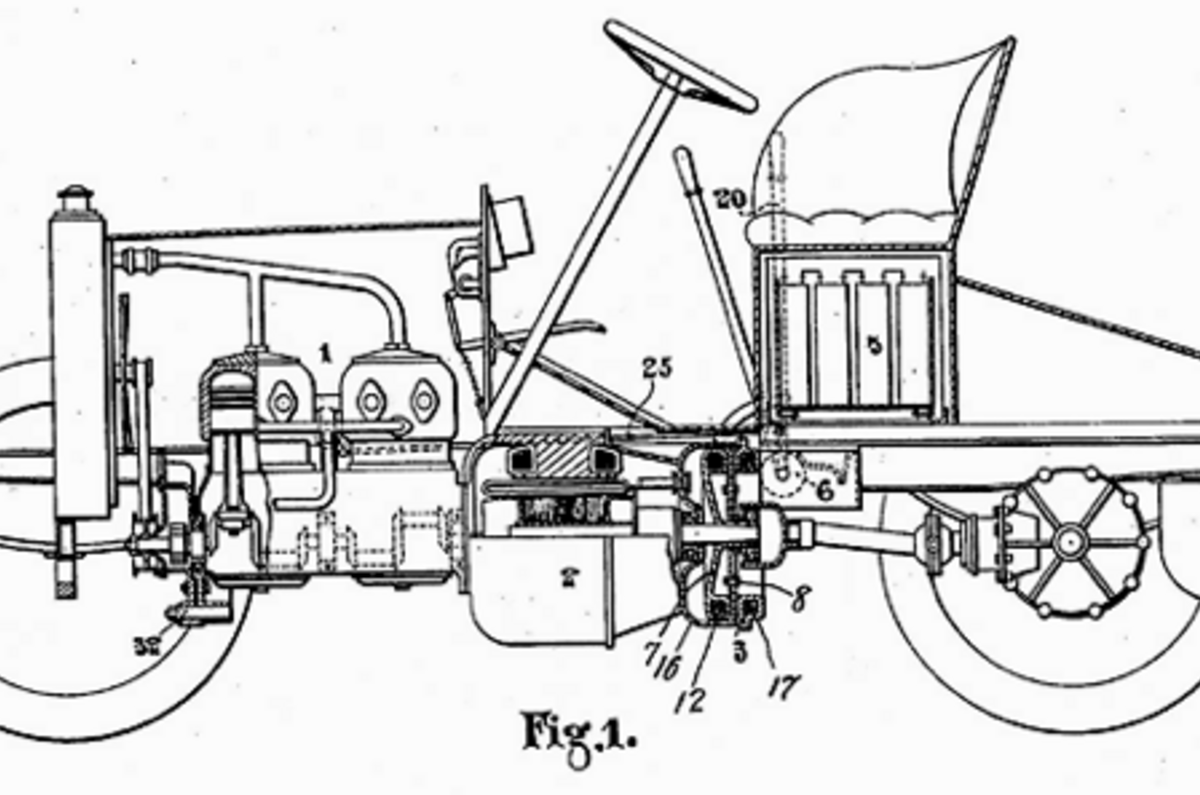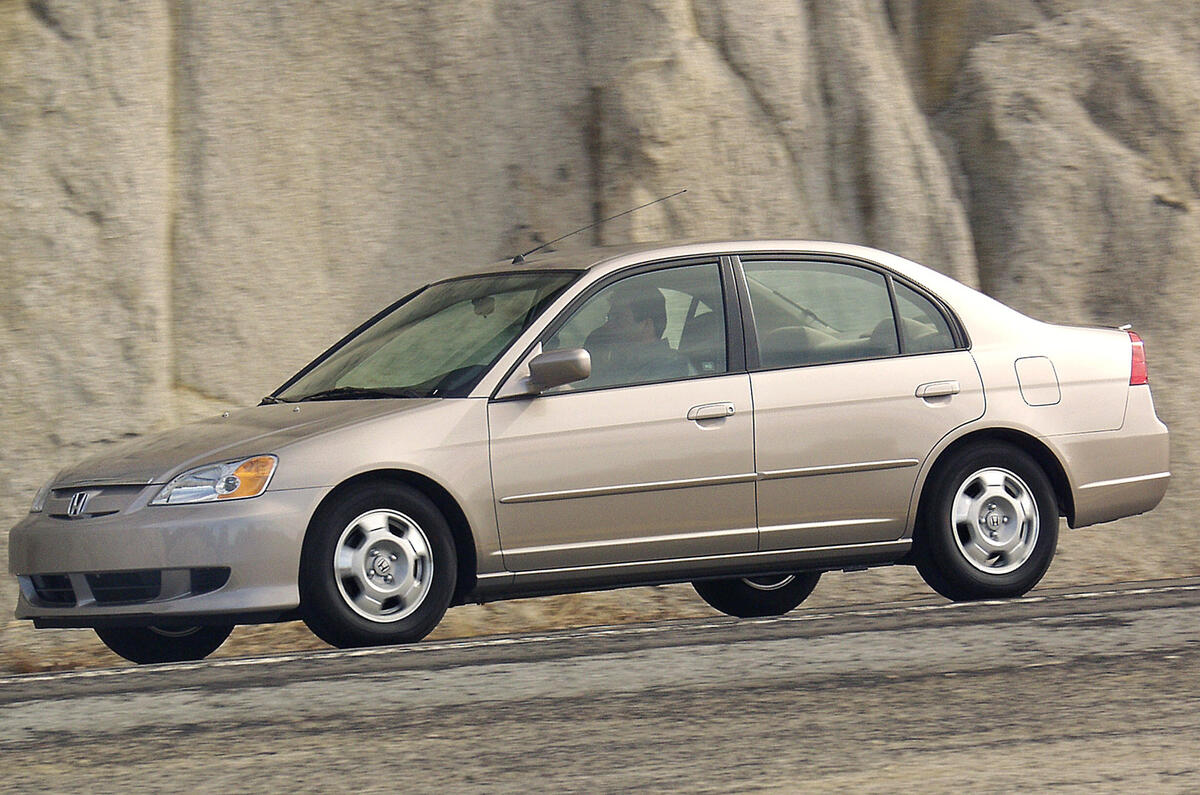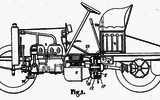This week Toyota announced it has sold over 5.5 million hybrid vehicles in the past 16 years.
Accompanying the reveal of its new Yaris Hybrid R, which will make its debut at the Frankfurt motor show next month, Toyota says it will devote almost its entire presentation to hybrid technology.
Likewise, Land Rover has made a big push with hybrid vehicle technology with the launch of the Range Rover Hybrid. Driven by Autocar this week, the car is claimed to average 44.1mpg and emit just 169g/km of CO2.
It’s hard to argue against the rise of hybrid vehicle technology. Here, Autocar looks back at the history of the hybrid and electric vehicle.
1839 – 1900
The story begins in Scotland in 1839, where Robert Anderson claims to have built the World’s first electric vehicle in his workshop in Aberdeen. However, several inventors dispute this claim. A Hungarian scientist by the name of Anyos Jedlik claims to have produced a small-scale electric vehicle in 1828, while 1935 also saw the development of another electric prototype by a Professor Stratingh in Holland.
Technology at the time severely limited both range and speed of any electric model, a problem Sir David Salomon encountered in 1870 with the development of his electric protoype – which used a light electric motor but very heavy storage batteries. Driving speed and range were therefore poor.
In 1886, the same year that Karl Benz introduced his Motorwagen to the world, a small-scale electric taxi cab was put into small-scale production in London. The taxi wasn’t widely used, but the idea influenced Immisch & Company to produce a four-seat, 1bhp electric carriage for the Sultan of the Ottoman Empire in 1888.
In 1897, the London Electric Cab Company began a regular service using cars designed by Walter Bersey. The Bersey Cab used a 40-cell battery and 3bhp electric motor, and could be driven 50 miles between charges.
The next year, in 1898, Dr Ferdinand Porsche developed and built the first petrol-electric hybrid – the Lohner-Porsche Mixte Hybrid. The car used an internal combustion engine to spin a generator that provided power to four 2.5-3.5bhp electric motors located in the wheel hubs. The car had a range of 40 miles on battery alone and the top speed was 30mph.
In 1899 The Pope Manufacturing Company merged with two smaller companies to form the Electric Vehicle Company. Two hybrids appeared at the Paris Salon that year.
At the turn of the 20th century, Belgian car maker Pieper introduced a 3.5bhp hybrid car. The small-displacement petrol engine was mated to an electric motor under the seat. When the car was cruising, its electric motor was essentially a generator, working to recharge the batteries.

















































Join the debate
Add your comment
so we are heading towards electric powered vehicles
the only reason why some manufacturers are behind in electric propelled technology is because they found a new market that is not being killed by fuel prices
Interesting article...
... shows that VW and Audi were at some point in time not lagging behind everyone in the hybrid technology.
When the mighty Range Rover develops a hybrid car then we should know we have entered the hybrid era.
Would like to know Jeremy Clarkson's views. After all he's been lampooning hybrids since the advent of Prius.
With all due respect that I have for his motoring acumen, on this occasion he may have to eat his hair. Again!
Waste of time.
After all these years EVs are still a waste of time space and money.